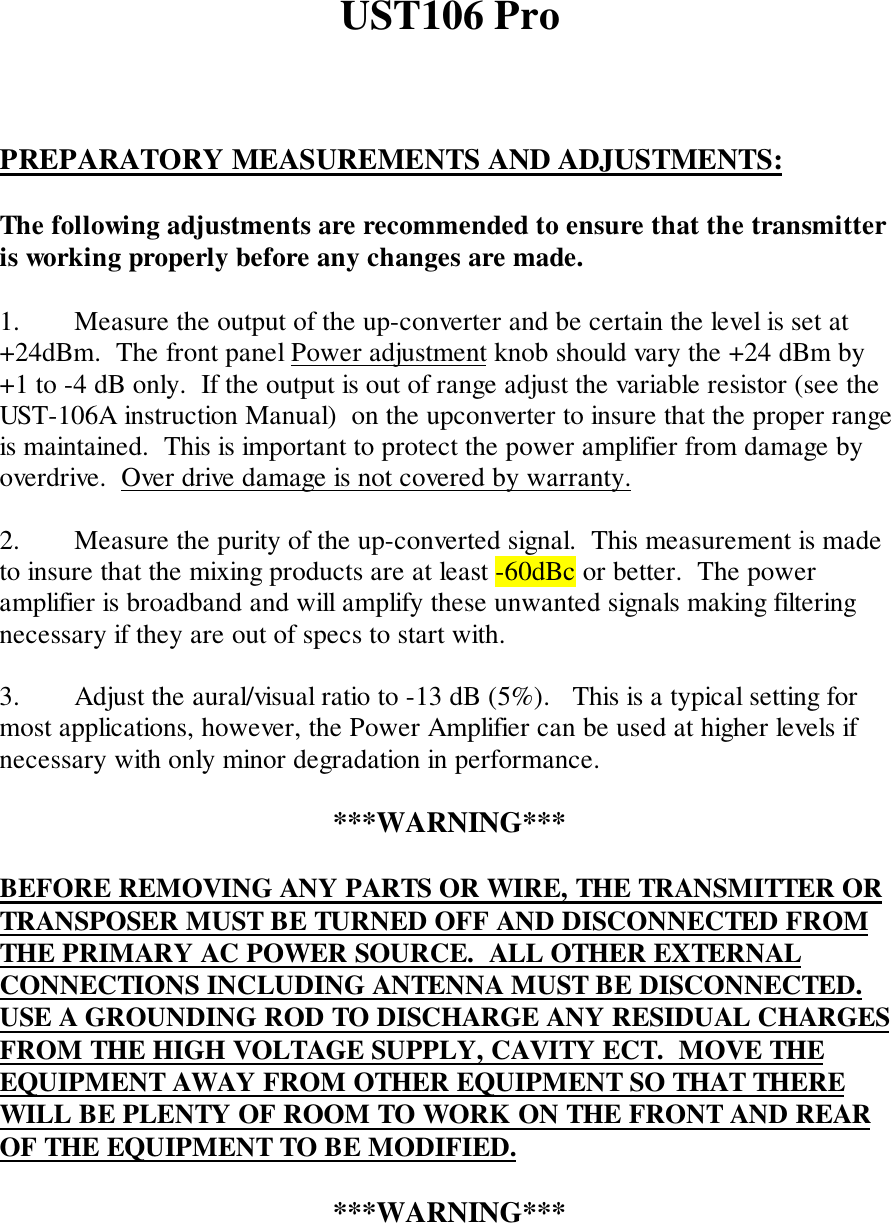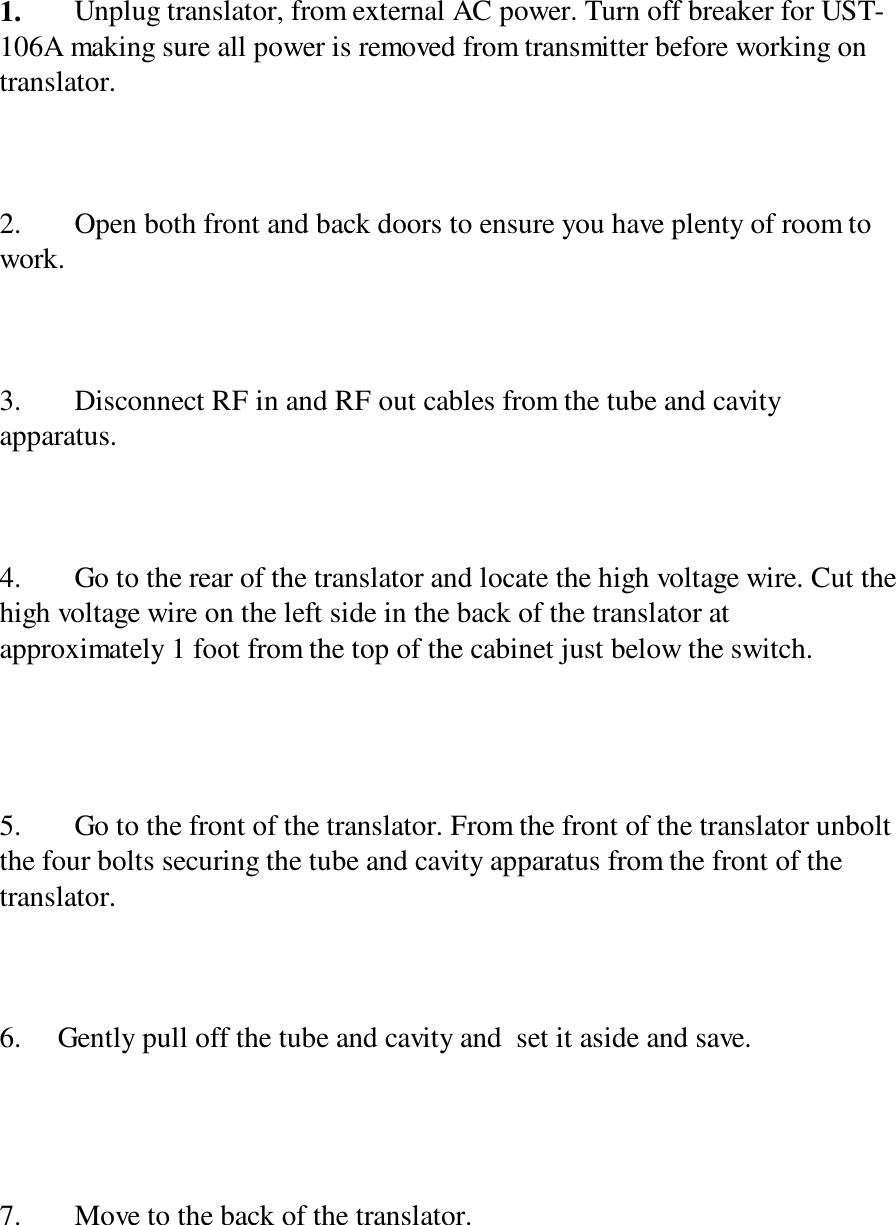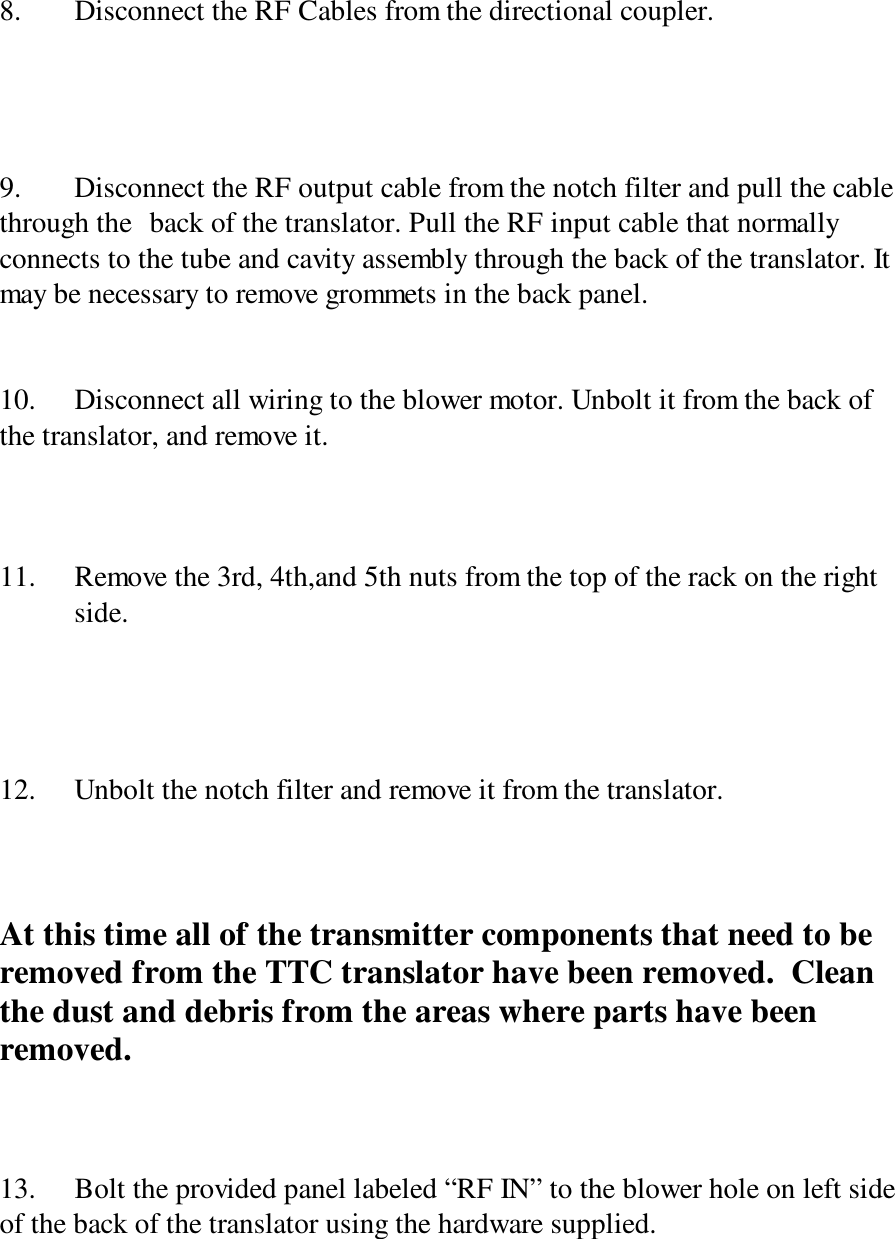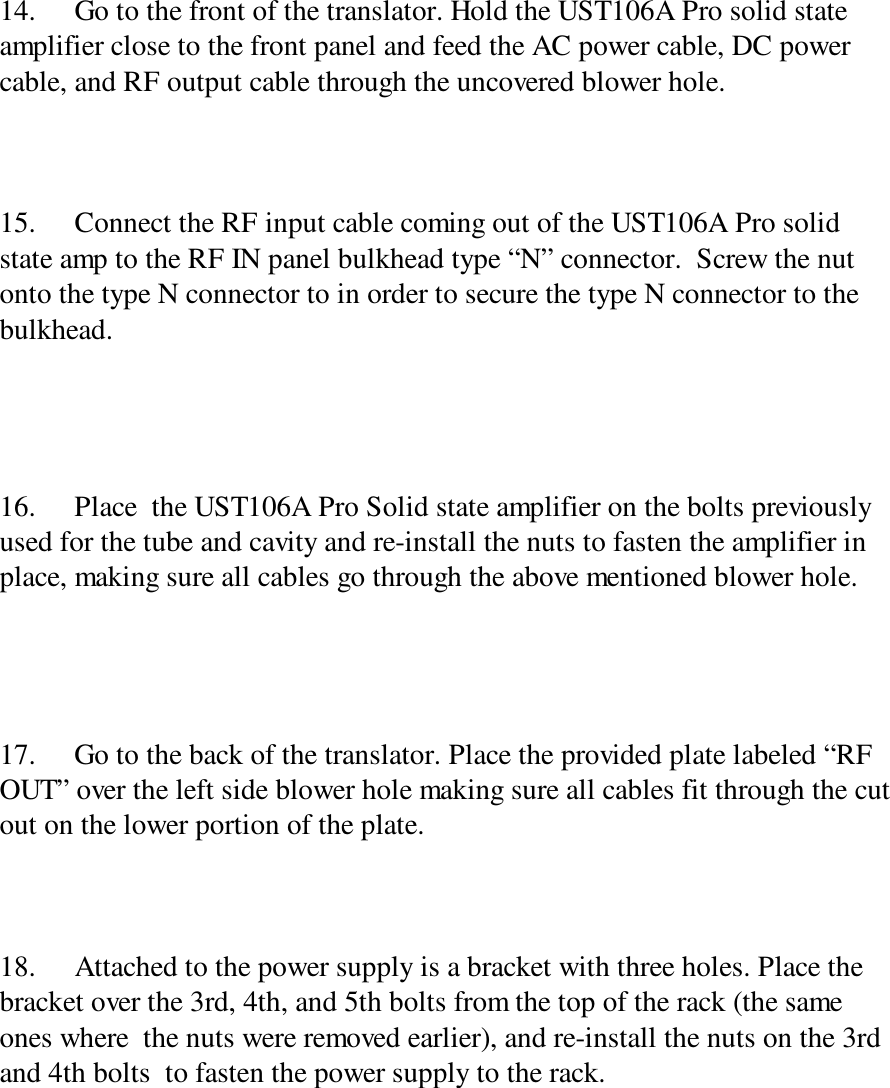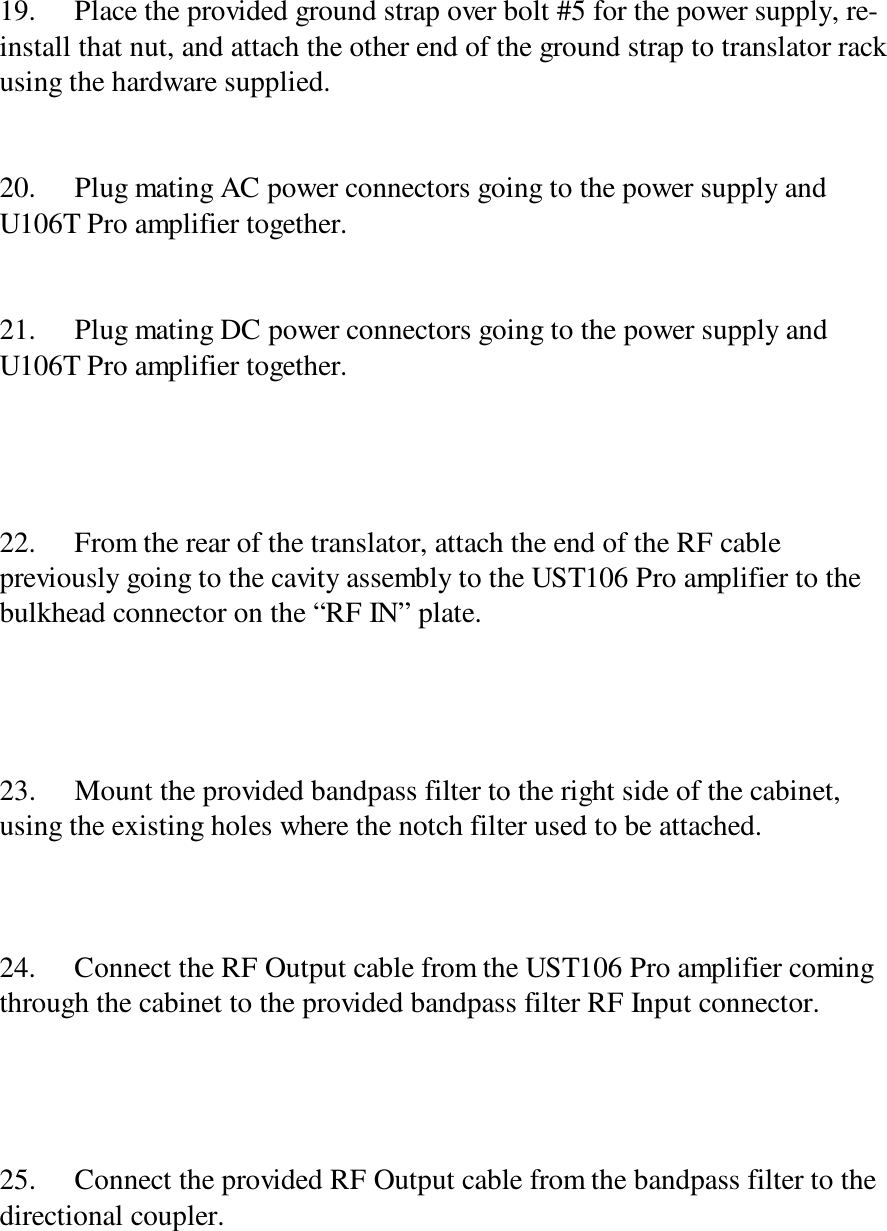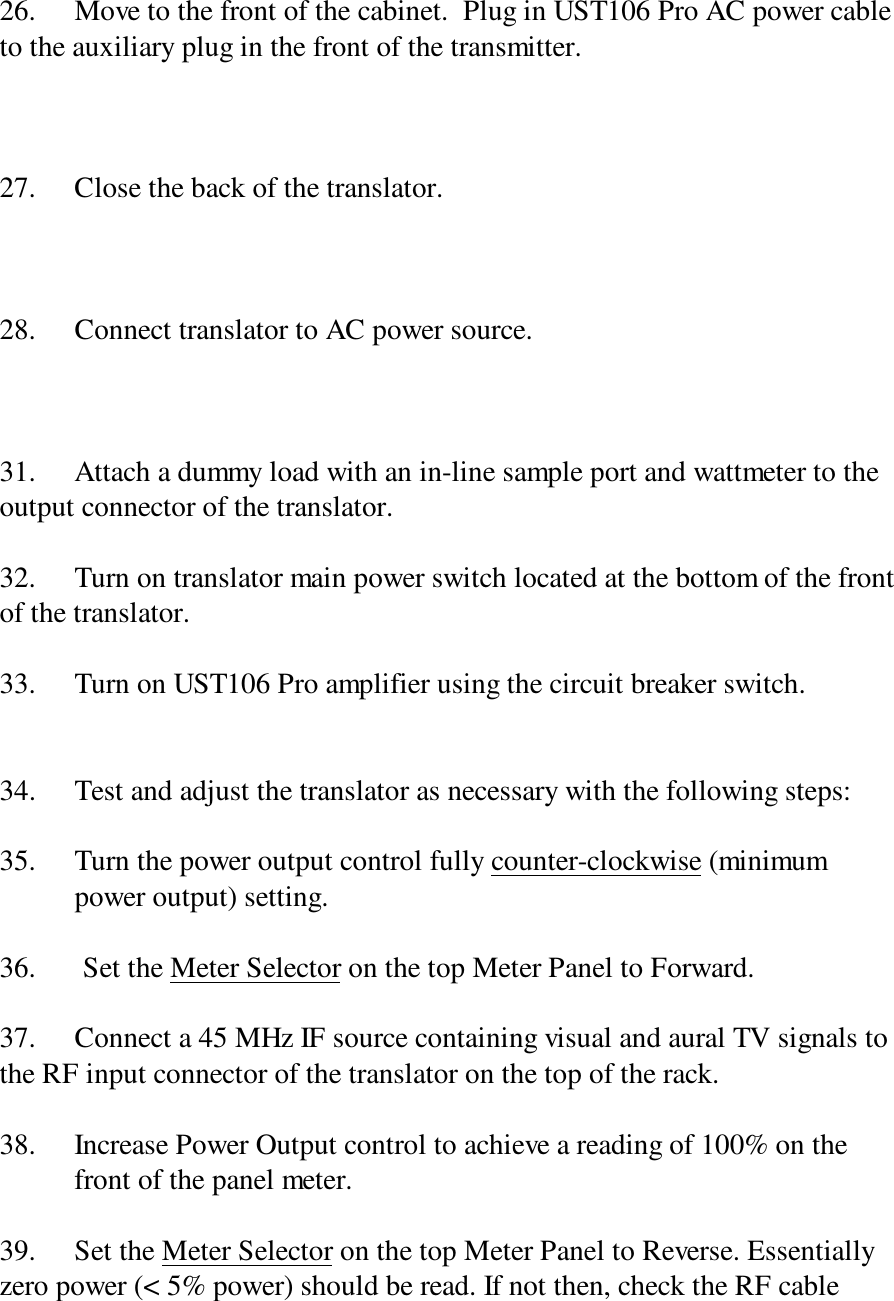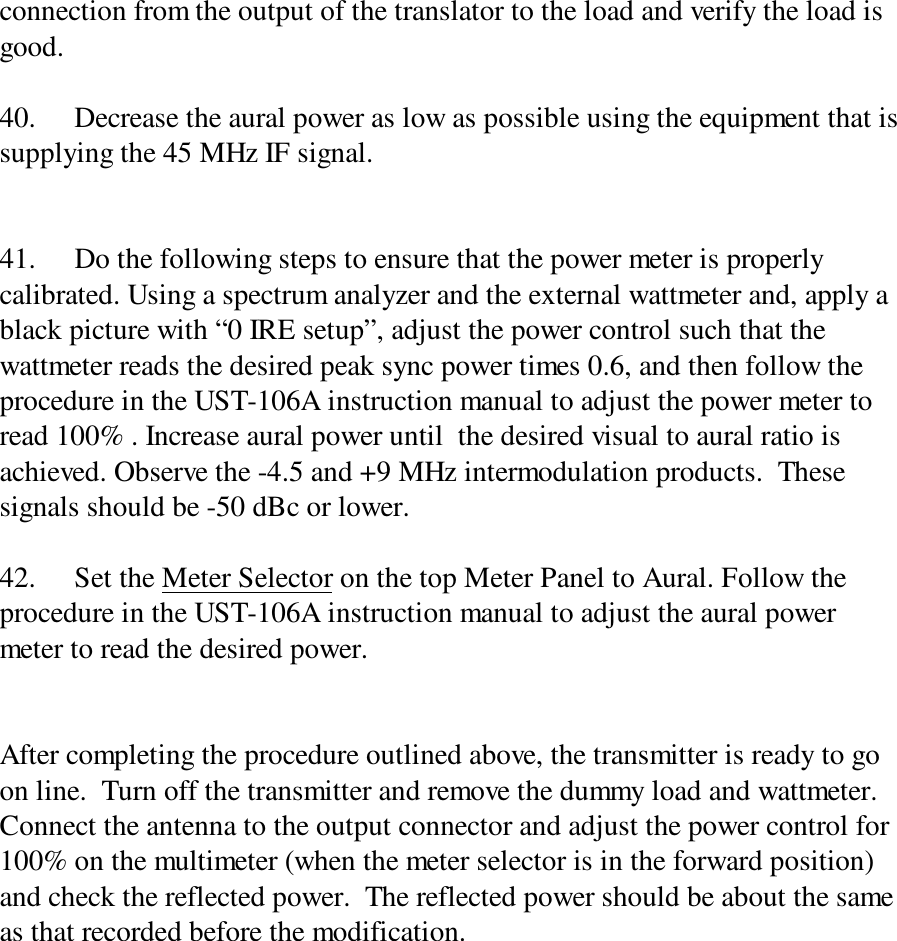Pineapple Technology U106T-PRO Broadcast Translator Retrofit Kit User Manual Installation Instruction for retrofit kit
Pineapple Technology, Inc. Broadcast Translator Retrofit Kit Installation Instruction for retrofit kit
Contents
- 1. Installation Instruction for retrofit kit
- 2. Specifications for product
Installation Instruction for retrofit kit
